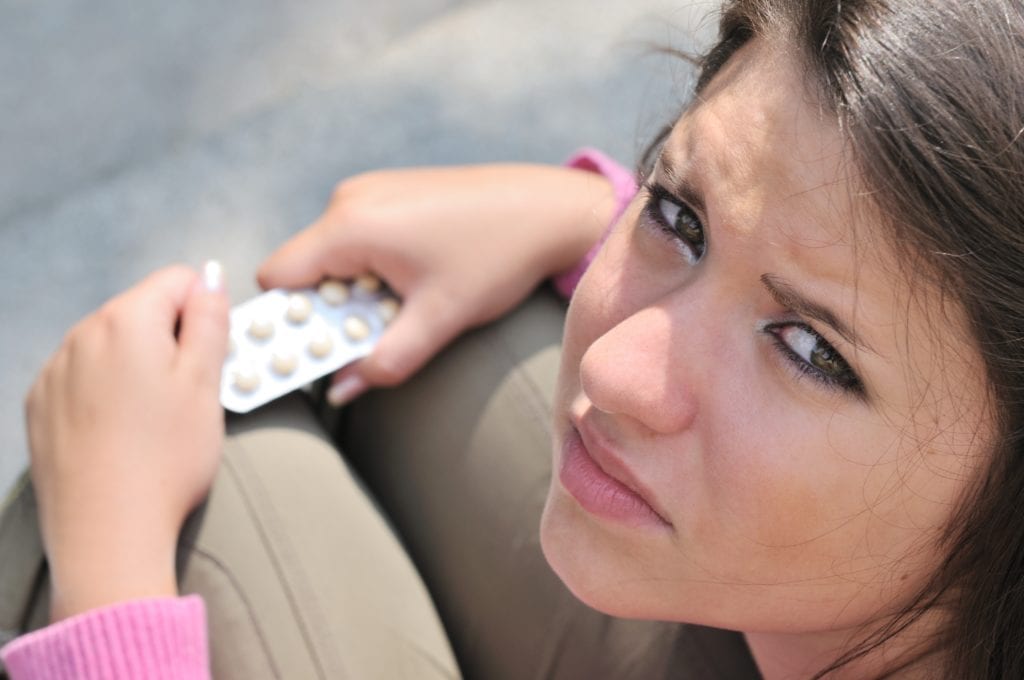Drug abuse is a problem that often starts at a young age – typically during the teen years. And while drug use has been decreasing slowly over the years, many teens experiment with drugs every year and can trigger lifelong addictions. The most recent statistics on teen substance abuse, therefore, are essential to consider for parents concerned about this danger. Read on to learn more about the types of drugs that teens are using and how addiction rehabilitation can help them recover.
The Most Recent Statistics on Teen Substance Abuse
In the most recent governmental study from December 2019, experts reported that drug use continued to fall heavily among teens. While it was true that teens still used drugs at varying levels based on their age, monthly, yearly, and daily use rates continued to drop. Just a few of these statistics included the following details (separated by grade level):
- Vaping – 21.7 to 25 percent of 10th and 30.9 percent of all high school seniors
- Cigarettes – 2.3 percent of eighth, 3.4 percent of 10th, and 5.7 percent of high school seniors
- Marijuana – 6.6 percent of eight, 18.4 percent of 10th, and 22.3 percent of high school seniors
- Alcohol – 7.9 percent of eighth, 18.4 percent of 10th, and 29.3 percent of high school seniors
- Opioids – 1.1 percent of 10th and 1.1 percent of high school seniors
- Cocaine – 0.7 percent of eighth, 1.5 percent of 10th, and 2.2 percent of high school seniors
- Synthetic cannabinoids – 2.7 percent of eighth, 2.6 percent of 10th and 3.3 percent of high school seniors
All of these findings reflect statistics on teen substance abuse over a monthly period. Yearly statistics are usually higher because many teens may occasionally do a drug but relatively rarely. And daily statistics are generally lower because fewer do drugs daily. And while the rates are going down, there is still a lot of room for improvement in this situation.
Other Stats to Keep in Mind
Substance abuse is a problem that affects a broad age range of people. Teenagers are often the most heavily impacted, but adults with addiction suffer as well. That’s because substance abuse can trigger a lot of health problems among its broad range of users. Therefore, the cost of abuse is often quite high and may become a significant problem for many people without proper help.
For example, tobacco use causes an estimated $300 billion worth of health treatment every year, making it the most costly addiction by far. Other harmful substances include alcohol ($249 billion), illicit drugs ($193 billion), and prescription opioids ($78.5 billion). And many of these costs are affected by the statistics on teen substance abuse, as early drug use patterns often trigger more massive addiction and more severe health problems that can be hard to control.
How Rehab Helps a Person Recover
Drug rehab is an essential way of decreasing the statistics on substance abuse and helping a person regain a sober lifestyle. The techniques utilized at these centers help to transform a person’s life for the better in a myriad of unique ways, such as:
- Using detox to avoid withdrawal pain and complications
- Managing emotional troubles that can be hard to predict
- Adjusting behavioral issues to prevent abusive patterns
- Assisting with aftercare methods to decrease triggers
All of these techniques can be used to lower statistics on teen substance abuse. However, they can also be used for adults struggling with addictive behaviors. You can’t emulate the significant benefits of this approach in any other way. And trying to quit cold turkey is usually not good enough.
Don’t Neglect Our Help
If the statistics on teen substance abuse worry you, please contact us at Promises Behavioral Health. When you call 844.875.5609, you can learn more about our many care options, such as dual-diagnosis and outpatient care. You can then create a pattern of care that manages your addiction and gives you the help that you need. Remember: you can conquer your addiction to create the life you always wanted. So please verify your insurance to get started with us today.

